Analysis: Attackers punch hole in Islamabad security
The extremist mindset is what provides justification and space for terrorism.
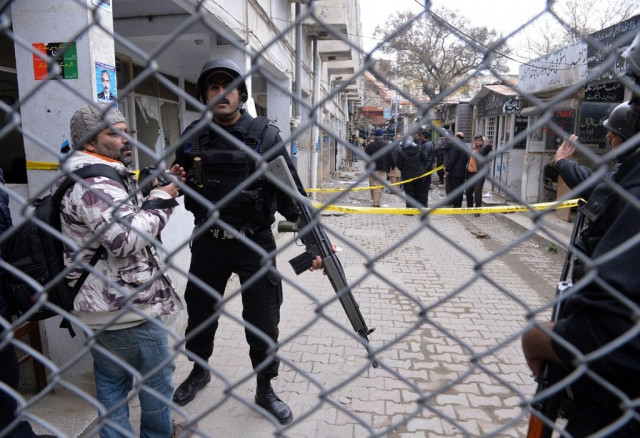
A police commandos stop a photo journalist near a local court building after a gun and suicide attack in Islamabad on March 3, 2014. PHOTO: AFP
Today’s suicide bombing at the Islamabad courts complex suggests that the capital and its sensitive installations are vulnerable. The premeditated murder of a judge, who had turned down an appeal made by the Lal Masjid clerics, has raised question marks for the future of Pakistan’s battle with terrorism. If judges are not secure in the capital, one wonders who will ensure their safety in less developed, remote districts where terrorist networks run their bases.
A few weeks ago, interior ministry officials had told the nation that the capital was not safe. While briefing a Senate committee, the ministry termed Islamabad’s security situation ‘extremely dangerous’ due to the presence of militant groups. In particular, the risk was heightened due to the presence of alleged sleeper cells al Qaeda, TTP and Lashkar-e-Jhangvi (LeJ) within the limits of Islamabad. The interior minister was quick to contradict his own ministry’s report and told the nation last week that reports of sleeper cells operating in Islamabad were exaggerated and that the capital was safe. He also insisted that neither foreign agencies nor terrorist groups, including al Qaeda, were operating from Islamabad.
Nisar also announced a set of measures, which were being taken to improve the situation. Sadly, the political rhetoric has been exposed as today’s attack in Islamabad comes as a major security lapse right under the nose of the interior minister, leaving the prime minister red-faced for saying a bit too much.
But at the end of the day it is about collective responsibility in a parliamentary system. The government’s vacillating policy on negotiating or fighting the militants has much to contribute to the worsening security scenario across the country.
Since the peace talks were initiated, Lal Masjid cleric Maulana Abdul Aziz had time and again referred on national television how the constitution and legal system was ‘un-Islamic’. This is not to suggest that Lal Masjid affiliate Ghazi force is involved in Monday’s attack. But the extremist mindset is what provides justification and space for terrorism.
Little-known militant group Ahrar al Hind claimed responsibility for the attack. This is a group, which opposes talks with the upholders or beneficiaries of the ‘infidel’ constitution. Former intelligence officials believe it is a breakaway faction of the Taliban that wants enforcement of Shariah before peace is negotiated with the government.
Islamabad through a careful strategy has been encircled by madrassas some of which are not that benign. There are over 300 madrassas operating in the capital and most of them are unregistered. Some estimates suggest that the number of students studying there are over 25,000. The state has been unable to track and provide a regulatory environment for many of the organisations backing these seminaries have been close to intelligence outfits. This is why reports of sleeper cells sound credible. The new security policy talks about oversight on these institutions and it is a step in the right direction but it would have to be implemented on an emergency basis.
The Lal Masjid operation continues to define the battles being played out in Pakistan. Fissures within Pakistani society and even the state were laid bare when the operation against militants started in 2007. The limits of state writ were redrawn as it could not extend into the mosque-madrassa complex. The divided views on the issue of militancy are simply an extension of this phenomenon.
Facts will emerge about today’s attack in due course but the terrorists seem to have caused a major blow to government’s security arrangements.
Published in The Express Tribune, March 4th, 2014.

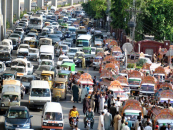

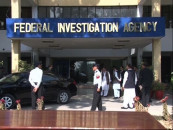
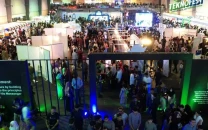

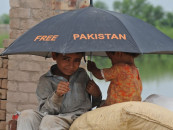












COMMENTS
Comments are moderated and generally will be posted if they are on-topic and not abusive.
For more information, please see our Comments FAQ